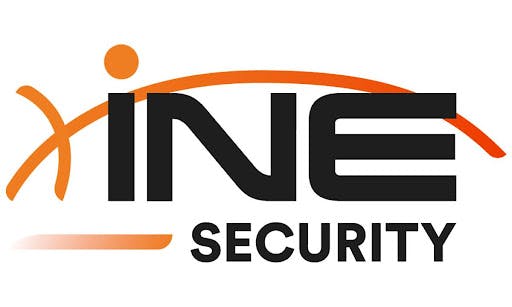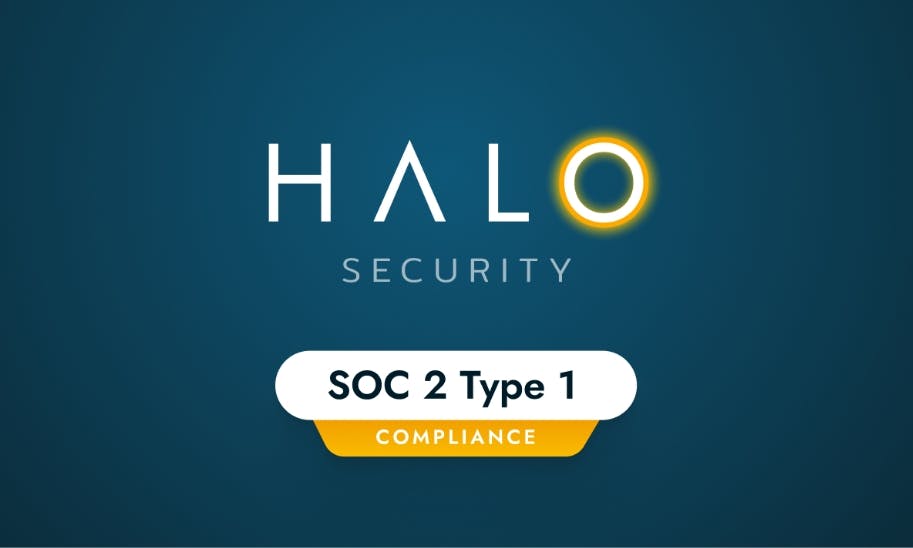5. Use video content for greater engagement
Video outperforms almost every other format on social media. And it’s not even close. People are far more likely to interact with a short video than a wall of text or a still image.
Short, scroll-stopping clips are perfect for shrinking attention spans. And for banks, they’re a great way to explain things clearly, build trust, and keep users coming back.
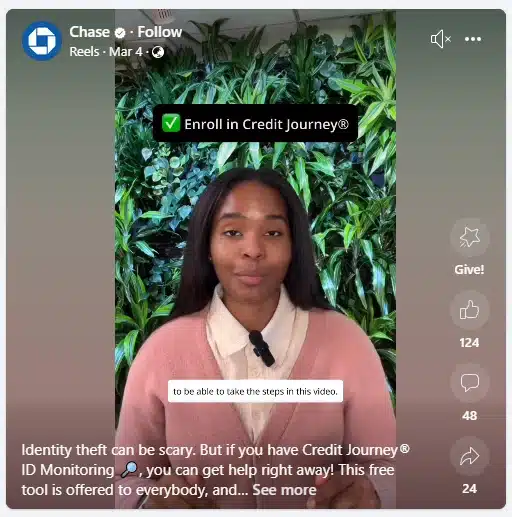
To make video work for your bank:
- Start a weekly Reel or short video series. Try something like “60-Second Banking” to break down complex topics, show off app features, or give quick financial tips. It’s bite-sized education, without the fluff.
- Create tutorials for common app tasks. Videos showing how to freeze a card, set up 2FA, or report fraud can be silent-captioned for Instagram or posted as helpful how-to’s on YouTube.
Banks are leaning hard into short-form video to connect with younger audiences. And it’s working. The content doesn’t need to be fancy, just real, helpful, and maybe a little creative.
Think: quick skits, behind-the-scenes peeks, myth-busting, or even lighthearted takes on finance. When it hits the right note, it’s more likely to get shared and remembered.
Even when a video doesn’t go viral, it still builds trust and visibility, especially with Gen Z. It helps banks feel more human, more relatable, and way less intimidating.
6. Encourage user-generated content (UGC) and reviews
Let’s be honest: people trust people. Studies show that consumers are way more likely to trust what another customer says over anything a brand puts out. That’s why user-generated content (UGC) is such a big win for banks.
When real customers share their stories, reviews, or even rants, it builds trust. It also makes your brand feel more relatable and human, which is rare (and refreshing) in the finance world.
Here’s a great example from American Express showing how to do it right:


Want to bring this kind of magic into your own content calendar? Try this:
- Use hashtags like #5StarBankStory. Encourage people to share financial tips, positive experiences, or cool wins. You can even feature the best stories in your emails or inside physical branches.
- Respond to reviews, good or bad. Whether it’s a glowing post or a complaint, reply with real appreciation or helpful action. A simple, “Thanks so much for the love!” or “We’d love to look into this – can you DM us more info?” goes a long way.
User-generated content doesn’t just build trust, it proves you’re paying attention. And when customers feel seen and heard, they’re more likely to stick around and recommend you to others.
7. Run contests and interactive campaigns
People love a good game. That’s why contests and interactive campaigns do so well on social media. They’re fun, they boost engagement, and they actually help people remember what they’ve learned.
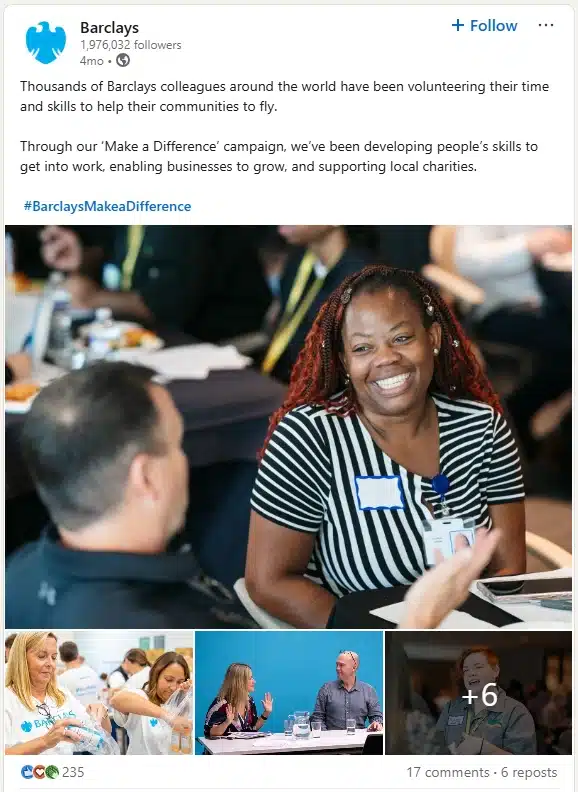

Contests aren’t just about prizes, they’re a clever way to spread awareness, share financial tips, and build a sense of community. A smart Instagram budgeting challenge, for example, can get people to share their best savings accounts hacks while also growing your following.
Here are a few ideas your bank can try:
- Host a “Savings Contest” or “Charity Challenge”. Encourage people to join in by sharing their saving accounts tips or pledging donations. Use quick videos or stories to explain how it works and get people excited.
- Run polls on LinkedIn or Facebook. Let your audience vote on content topics, product features, or challenges. It’s a simple way to get insights and show that you value their voice.
These kinds of campaigns can collect thousands of entries while deepening the emotional connections between your bank and your audience. When people feel like they’re part of something, they’re more likely to stay engaged, and even become loyal brand advocates.
8. Collaborate with financial influencers and experts
Influencer content can deliver up to 500% higher ROI than traditional advertising. And for banks, that kind of return is gold. Partnering with trusted voices helps you reach niche audiences in a way that feels personal, not promotional.
When banks team up with financial influencers, they boost visibility, build credibility, and increase customer satisfaction by offering helpful content people actually want to engage with.
Here’s how to make influencer partnerships part of your social media efforts:
- Host Reddit “Ask Me Anything” sessions. Bring in finance experts to chat about retirement, budgeting, or credit strategies. Then promote the best insights across Instagram, LinkedIn, and beyond.
- Work with micro-influencers (10k+ followers). Focus on creators who talk about personal finance or banking. Give them early access to app features or tools like credit monitoring, and let them show your brand in action.
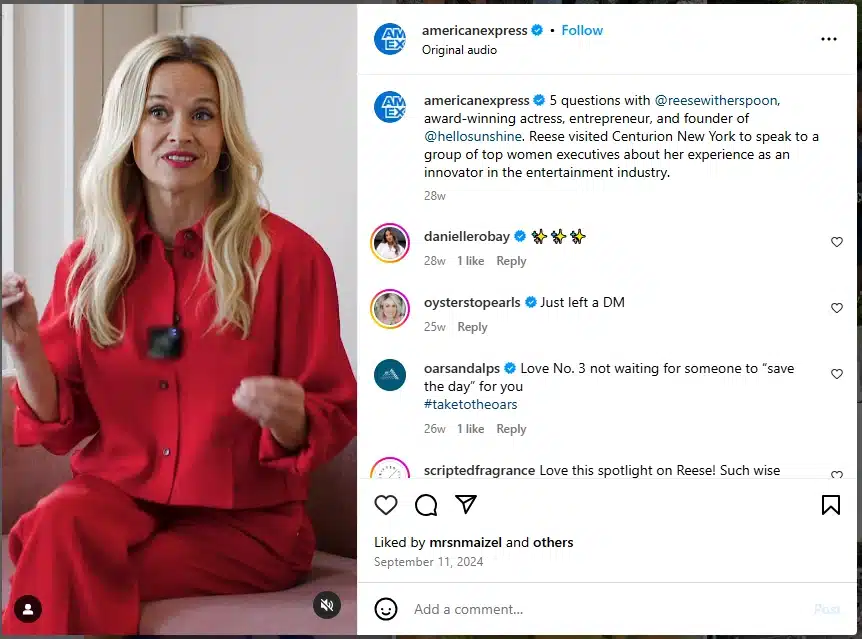

Keep it authentic.
Whether it’s an internal expert sharing app tips or a micro-influencer walking through features on YouTube or Reels, natural storytelling always performs best.
These partnerships not only boost trust but also help drive real results: more app downloads, new accounts, and better reviews. When your broad audience sees real people using your tools and services, they’re more likely to engage, convert, and stick around.
9. Use social listening to improve customer support and services
Nearly half of all customers (about 50%, according to market studies) share their complaints or concerns on social media before going anywhere else. That means your bank needs to be listening – closely.
Social listening isn’t just about needing to monitor brand mentions. It’s about spotting patterns, identifying recurring issues, and acting on them quickly to improve your customer experience.
Here’s how to make the most of it:
- Spot common complaints like login issues, app crashes, or slow service. Social listening tools help you notice these early, so your support team can step in fast.
- Identify keywords that signal dissatisfaction, think “fees,” “support,” or “wait time.” Addressing these quickly shows customers you care and helps turn a bad experience around.
By staying tapped into what customers are saying, you can boost support performance, improve your messaging, and sharpen your overall sales strategy.
Think of it as having your finger on the pulse of your online reputation and acting on it productively.
Banking runs on trust, connection, and a strong sense of security. But today’s customers are more skeptical than ever. Many no longer assume their financial info is safe by default, and banks have to earn that trust all over again, especially online.
The digital world is full of scams and identity theft risks, which only makes things tougher. Still, despite the challenges, banks should lean into social media. Why? Because it’s one of the best ways to rebuild trust, shift public perception, and create a real sense of community.
Here are two of the biggest hurdles banks face on social media:
- Handling compliance and regulatory restrictions
- Dealing with security risks and online fraud
1. Handling compliance and regulatory restrictions
When banks talk to customers on social media, they need to be extra careful. There’s a web of strict rules to follow: how they talk about their services, what info they can use, and how they handle sensitive data.
Compliance guidelines from groups like the SEC and FINRA cover everything from communication style to data usage. It’s a lot, but it’s also non-negotiable. So yes, it’s important to also involve compliance teams in social media.
Following these rules keeps banks out of legal trouble and builds credibility. With solid social media policies in place, banks can stay compliant while still showing up and engaging with their audience.
2. Dealing with security risks and online fraud
Social media is a playground for scammers: phishing, fake accounts, shady DMs, you name it. That’s why banks need strong identity protection, constant monitoring, and quick reactions to data breach alerts.
When trust is already fragile, even one viral scandal or data leak can shake things up. Customers want to feel safe. So, banks need to prove they’re listening, watching, and ready to act fast.
Proactive steps like flagging fake profiles, calling out phishing attempts, and teaching customers how to spot fraud go a long way. Security is part of the brand now and it’s key to keeping people on your side.





